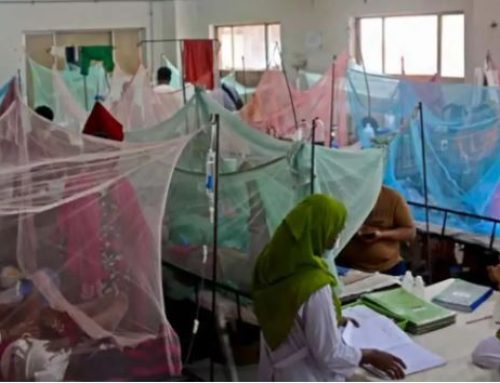Project Description
Author: Hasan et al.
Summary:
Coronavirus disease 2019 (COVID-19) disease have been associated with significant mortality amongst doctors globally including Bangladesh. To delineate the clinico-epidemiological characteristics of the physician affected with COVID-19 was the objective of the study.
This cross-sectional Facebook based survey was conducted in the period of August to September 2020. Snowball sampling methods was followed. A total of 151 physicians affected with COVID-19 participated in this survey. Self-reported perceived severity scale (zero meaning not severe at all and ten denoting the most severe) was used. Collected data analyzed by SPSS 25.
Among the participants, the majority were male, 64.9% (n=98). The most prevalent affected age groups were 24-35 years (86.8%; n=131). Approximately 45% worked in COVID dedicated hospital. Entry-level physicians (Medical Officer/ Assistant Surgeon) were the most affected (94.4%; n=117). One-third of the physicians had at least one comorbidity. Bronchial asthma, Obesity and Diabetes were the most frequent. Predominate symptoms of the infection were fever (62.3%, 94), cough (62.3%, 94), and myalgia (60.9%, 92). Half of the participants had either sore throat, anosmia, gastro-intestinal symptoms and one-third of the patients developed dyspnea. Perceived severity of the symptoms ranged between 2-6. The pattern of drug use to prevent the COVID-19 showed no uniformity. However, intake of Zinc, Vitamin C, Vitamin D, antihistamine and Ivermectin was found in 74.8%, 67.5%, 41.7%, 49%, and 37.7%, respectively.
As the current pandemic continues to evolve, physicians must be equipped with appropriate knowledge, skills and must be cautious on the prevention measures against COVID-19.
Status: Completed
Full text link: NA
Keywords: COVID-19, Epidemiology, Clinical Characteristics, Physicians, Healthcare Workers, Frontlines, Bangladesh



